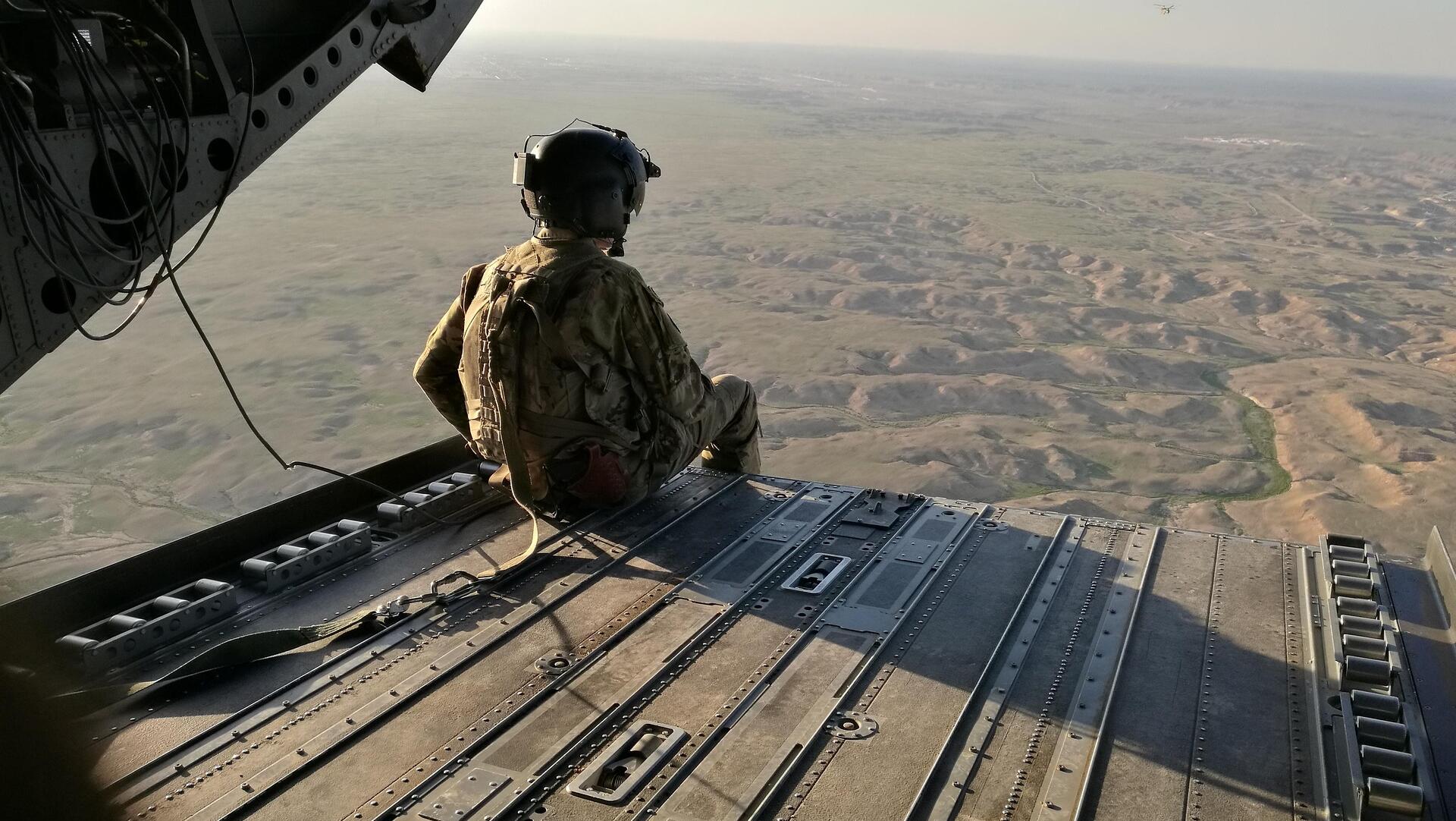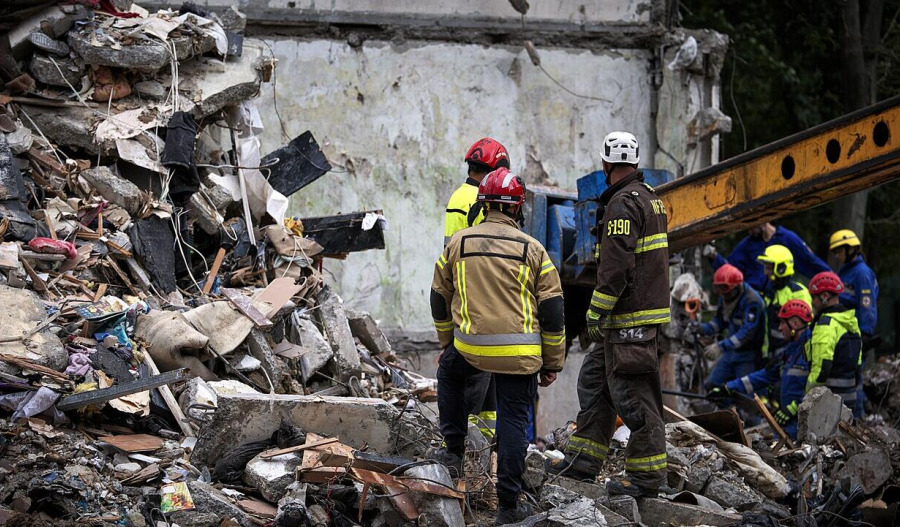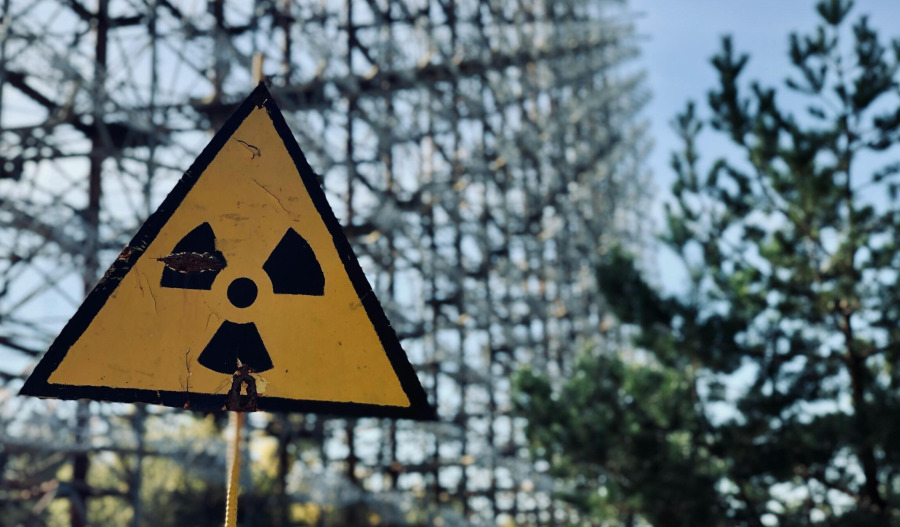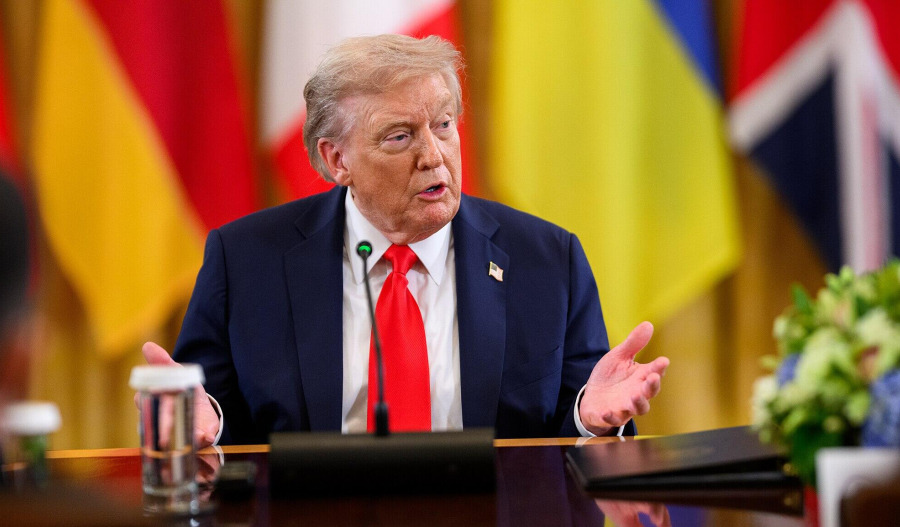In a major policy flip by the Trump Administration, the United States has now signalled its willingness to provide intelligence, surveillance and air defence assets to support a European-led peacekeeping umbrella in postwar Ukraine after a peace deal with Russia is settled.
President Zelenskyy's chief of staff, Andriy Yermak, told media that the possibility of U.S. contributions marks "a big change from the spring", calling the recent meeting Zelenskyy and European leaders held with U.S. President Donald Trump "a breakthrough point".
Washington "can provide the backbone that makes the whole security and deterrence architecture work," he said.
Trump has repeatedly said no to any suggestion of U.S. troops being deployed as part of a postwar peacekeeping force in Ukraine.
While Ukrainian, U.S., and European officials have been is discussions on postwar security guarantees for Kyiv, one of the possible outcomes being proposed is an allied on-the-ground peacekeeping force backed by U.S. air support.
There is no talk of American troops being on the ground in Ukraine; however, senior U.S. officials recently told media that Washington is prepared to offer “strategic enablers" including command and control, satellite monitoring and battlefield oversight.
It’s understood that the U.S. could also contribute to a European-run air defence shield through aircraft, radar and logistics.
Air defence support for Ukraine would involve U.S. aircraft, logistics, and ground-based radar, facilitating a no-fly zone enforced by Europe.
However, given that Washington's proposal relies on European countries committing tens of thousands of troops to postwar Ukraine, it is still possible that the U.S. offer of support may not eventuate.
The Pentagon told media that the reported security commitments "are pre-decisional, and the defense department will not comment on pre-decisional topics".
According to officials, a rough outline for a postwar security plan involves a demilitarised zone that is likely to be monitored by neutral peacekeeping troops from a country agreed upon by both Russia and Ukraine.
Beyond a demilitarised zone, a stronger border would be defended by Ukrainian forces trained by NATO militaries.
European peacekeepers would monitor a border deeper within Ukraine as a third line of defence. U.S. assets would support these forces from the rear.
It’s also understood that members of the so-called "coalition of the willing" — a group of Ukraine's allies, led by France and the UK, have committed to provide security guarantees to prevent a future Russian invasion after a ceasefire.
While the coalition has reiterated the need for the U.S. to lend its support to any peacekeeping plan - in order for security guarantees to be effective - Pentagon officials made it clear the U.S. will play a minimal role in postwar security guarantees for Ukraine.
"The U.S. is not fully committed to anything," one NATO diplomat said.
Meanwhile, Russia has voiced its opposition to any plans for foreign peacekeeping troops in Ukraine.
Russian Foreign Minister Sergey Lavrov said stationing European soldiers in Ukraine would amount to "foreign military intervention" and said that security guarantees for Ukraine cannot be discussed without Russia's participation.

Join our community of decision-makers. No card required
Join now

